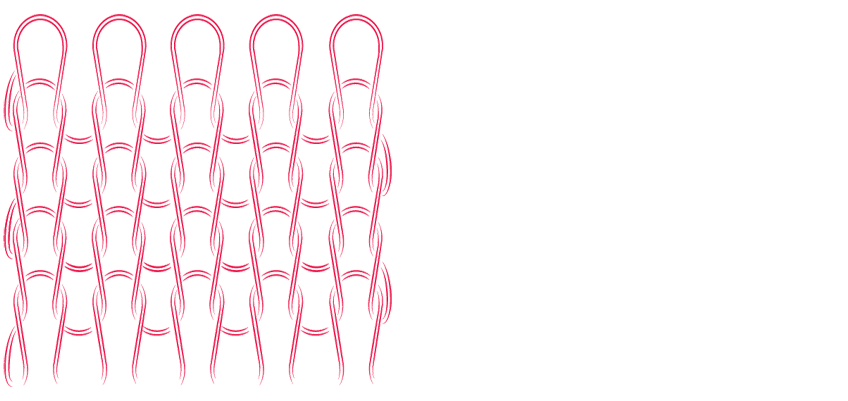0
You do not have any products in your shopping cart yet.

In knitting, meshes are created individually one after the other, warp knitting manufactures a whole row of meshes at the same time. Looking at the material, one cannot recognize whether it was knitted or warped.
Knitted materials are created either flat or even round - as tubular fabrics. Most knitted surfaces are created in a so-called one-thread system.
Just like hand knitting, a thread runs through the fabric, is laid in a ‘bow’ and this bow (mesh) is attached to each other, result - a knitted surface.
It is totally different in warp-weft fabrics (see knitted binding). Here another visual appearance and function is created.
Underwear materials are nearly always created as tubular fabrics. Theoretically, a thread is built, then a spiral and then the tubular fabric through the knitting. On the basis of rentability the tube is built with not just one, but with as many threads as possible - the one-thread systems run after each other.
One requires knitting needles for building meshes (e.g. hook or tongue needles). The thread is led from needle to needle (laid in a bow) and the bowed thread row is bound together as a knitted surface with the help of these same needles.